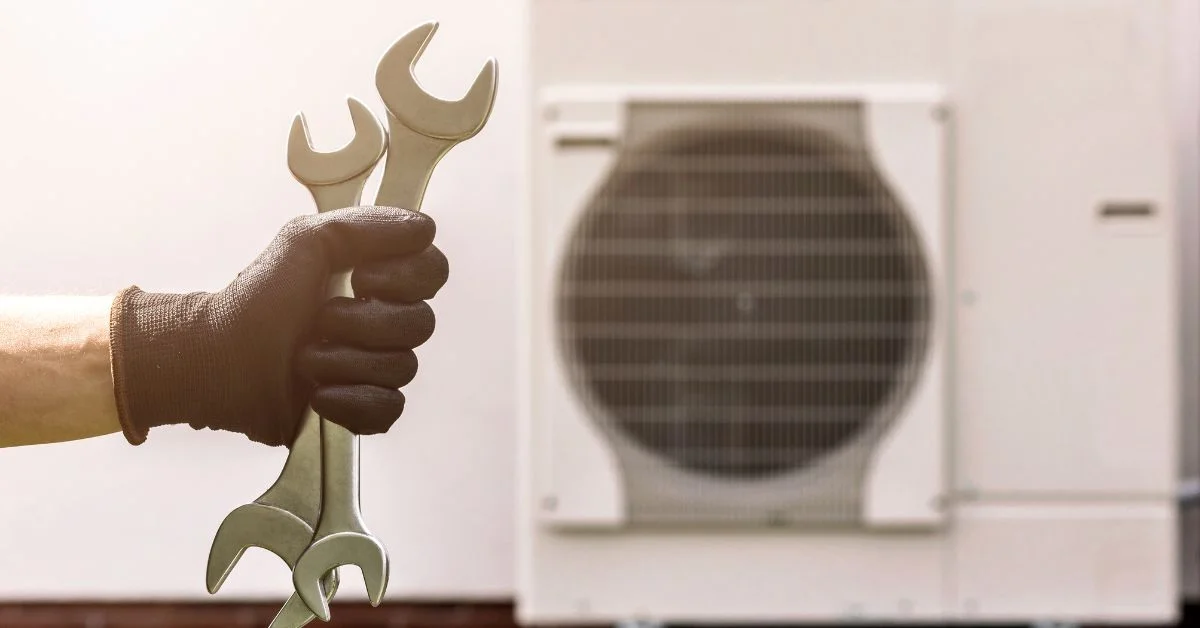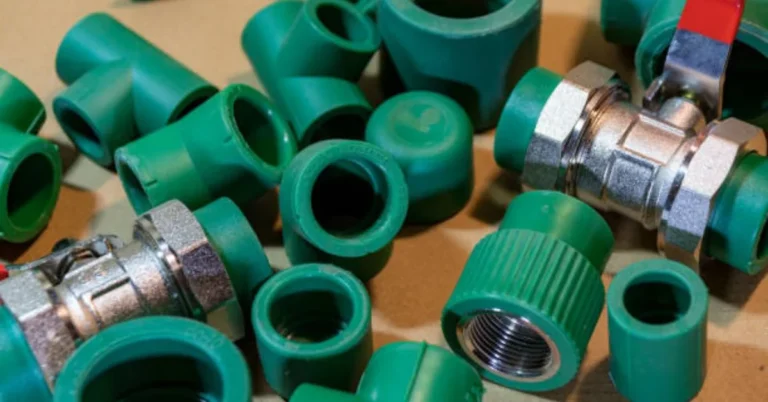
In a world increasingly dependent on controlled environments, efficient processes, and optimized comfort, the need for consistent and reliable heating solutions has grown across many sectors. From industrial piping and storage systems to residential underfloor heating and food transportation, the term “heated service” is widely applied to a diverse range of systems and scenarios that involve maintaining, supplying, or regulating heat through a controlled service medium. This medium might be mechanical, electrical, fluid-based, or even software-driven, depending on the use case.
But what exactly does “heated service” entail? Why is it so important in industrial, commercial, and even personal settings? And how does this concept evolve with advancing technology and sustainability concerns? In this long-form article, we explore the concept of heated service from the ground up—covering its meaning, use cases, working principles, materials, benefits, challenges, safety standards, and modern innovations.
Whether you’re an engineer, a homeowner, a facility manager, or simply a curious reader trying to understand why pipes are sometimes wrapped in heat tape, this article will deliver a comprehensive, deep-dive analysis of heated services.
Defining Heated Service: What Does It Mean?
At its core, “heated service” refers to any mechanical, electrical, or thermal system designed to apply or maintain heat in order to support functionality, comfort, process efficiency, safety, or preservation. Heated service can be applied through various delivery methods including electrical resistance, hot water circulation, steam, radiant panels, or even infrared technology. The key is the active management of heat delivery to meet a specific requirement.
In industrial and commercial environments, this often means preventing freezing, maintaining fluid viscosity, supporting chemical reactions, or protecting equipment. In homes and personal contexts, heated service might refer to underfloor heating, heated driveways, or food warmers that maintain meal temperature during delivery.
The service may be constant or intermittent, manual or automated, and open-loop or closed-loop. Regardless of complexity, the primary aim is thermal control for operational benefit.
Common Types of Heated Services by Sector
Heated services are not one-size-fits-all. Their design and purpose vary dramatically based on the environment in which they are implemented. Let’s take a closer look at the most common types, categorized by sector:
1. Industrial Heated Services
In industrial applications, heating is used to support manufacturing processes, prevent energy loss, and protect infrastructure. Examples include:
- Pipe trace heating: Applied to pipes to prevent freezing or maintain fluid flow, especially in chemical, petrochemical, and oil industries.
- Tank and vessel heating: Keeps stored liquids at specific temperatures.
- Heated platforms or workstations: Improves worker comfort and safety in cold climates.
- Steam tracing systems: Used for heating pipelines using steam lines that run parallel to the main pipeline.
2. Commercial Heated Services
In large commercial buildings and facilities, heated services often contribute to climate control, sanitation, and process reliability. Examples include:
- Heated floors in hotels and malls.
- Heated entryways to prevent ice build-up.
- HVAC heating systems integrated with digital thermostats.
- Heat-assisted dishwashers or laundry equipment.
3. Residential Heated Services
Heated services in homes are designed for comfort, energy efficiency, and luxury. These include:
- Radiant floor heating: Installed beneath tile or wood flooring.
- Heated towel racks: Adds comfort and reduces moisture.
- Heated driveways: Prevents snow accumulation and slips.
- Smart thermostats controlling heating systems**.
4. Transportation and Logistics Heated Services
In the food, medical, and logistics sectors, heated services maintain temperature-sensitive cargo. Examples:
- Heated delivery bags for food.
- Temperature-controlled trucks for pharmaceuticals.
- Cargo hold heating in aviation for pets or temperature-sensitive items.
How Heated Services Work: Principles and Mechanisms
The effectiveness of any heated service depends on its thermal control mechanism, which varies based on the energy source and material design. The core principles include:
A. Conduction-Based Heating
This involves direct contact where heat flows from a high-temperature surface to a lower-temperature material. Examples include heat mats or radiant floor systems.
B. Convection-Based Heating
Heat is transferred via fluid or air movement, such as in forced-air systems or hot water radiators.
C. Radiant Heating
Radiant panels or surfaces emit infrared energy that heats objects directly in its path. This is common in ceramic heaters and underfloor systems.
D. Electric Resistance Heating
This is the most widely used principle in industrial applications, where electric current passes through resistive wire, generating heat. Common in pipe tracing systems.
E. Steam and Hot Water Circulation
In central heating systems or chemical process plants, steam or water is heated in a boiler and circulated to maintain desired temperatures.
Each mechanism has specific use cases, advantages, and constraints, but they all follow basic thermodynamic principles that govern heat transfer and material behavior under thermal conditions.
Materials and Components in Heated Service Systems
The efficiency, safety, and longevity of heated service systems depend on materials selected and system design components. Below are common elements found in various setups:
- Heating Cables: Insulated electrical wires designed to emit heat through resistance.
- Thermal Insulation: Prevents heat loss and protects external surfaces.
- Thermostats and Controllers: Digital or analog systems that regulate temperature.
- Sensors: Detect temperature changes and adjust heat output accordingly.
- Protective Conduits: For safety in industrial settings (e.g., explosion-proof).
- Heating Mats or Films: Used under floors or walls for radiant heating.
- Steam Traps: Essential in steam systems to remove condensate.
Material choice—such as copper, stainless steel, PTFE insulation, or composite polymers—depends on the operating temperature range, environmental exposure, and desired thermal conductivity.
Benefits of Heated Services in Practical Use
When properly installed and maintained, heated services deliver significant operational, comfort, and safety benefits, such as:
1. Freeze Protection
In colder climates, heated pipes, driveways, and entrances prevent freezing that can damage infrastructure and cause safety hazards.
2. Process Consistency
Industries dealing with oils, chemicals, or food products use heated service to maintain fluidity, preventing costly production halts.
3. Energy Efficiency
Modern heated services can be programmed and zoned, allowing heat delivery only when and where it’s needed.
4. Comfort Enhancement
From heated floors to warm towel racks, residential heated services increase luxury and user satisfaction.
5. Safety and Compliance
In healthcare or food logistics, temperature control through heated services ensures compliance with health regulations and product integrity.
Challenges and Risks Associated with Heated Services
While beneficial, heated services come with technical and operational challenges that must be managed carefully:
1. Energy Consumption
Inefficient systems can lead to excessive energy use, especially if insulation is poor or thermostats are outdated.
2. Overheating Risks
Without proper sensors, systems may overheat, causing component damage or fire hazards, particularly in electrical heating.
3. Installation Complexity
Industrial applications require precise engineering, often involving custom design, safety assessments, and electrical load management.
4. Maintenance Demands
Over time, heating elements may degrade, thermostats can fail, and insulation may wear out, necessitating scheduled inspections.
5. Cost
Initial investment, especially in large-scale or industrial applications, can be high. However, this is often balanced by long-term operational savings.
Innovation and Technology in Modern Heated Service Systems
With advancements in smart technology, IoT, and material science, heated service systems are becoming more efficient, responsive, and customizable. Notable innovations include:
- Smart thermostats with AI learning (e.g., Nest, Ecobee).
- Zoned heating systems controlled via smartphone apps.
- Self-regulating heat trace cables that adjust heat based on ambient temperature.
- Solar-powered heating for remote applications.
- Graphene-based heating films offering lightweight, ultra-efficient solutions.
- Integration with building management systems (BMS) for large facilities.
These innovations are not only increasing performance but also supporting green building certifications and energy conservation mandates across sectors.
Regulatory and Safety Considerations
Any heated service installation must comply with local, national, and international codes, including:
- NEC (National Electrical Code) in the U.S.
- IEC standards for international safety and compatibility.
- ASHRAE guidelines for HVAC systems.
- NFPA fire safety regulations.
Inspections, certifications, and proper documentation are essential, especially in commercial and industrial settings. Failure to comply can result in fines, insurance denial, or safety incidents.
Future Outlook: The Role of Heated Service in a Changing Climate
As climate unpredictability increases, the need for responsive heating solutions grows. Ironically, even in warmer regions, heated services are required—for example, humidity control or heat sterilization. Future trends may include:
- Passive heating with advanced insulation to reduce energy dependence.
- Biometric feedback systems to regulate individual comfort in shared spaces.
- Heated mobility infrastructure like bike lanes or public benches.
- Carbon-neutral systems integrated into green infrastructure.
Heated services are shifting from simple utility to integral components of sustainability, automation, and human comfort. Their application will only become more critical as global energy policies evolve.
Conclusion
“Heated service” may sound like a simple term, but behind it lies a complex, multi-sector field involving engineering, thermodynamics, safety, innovation, and even luxury. Whether applied in massive chemical plants or cozy bathrooms, the goal remains consistent: to control heat in a way that supports human goals—be it safety, efficiency, productivity, or comfort.
Understanding how heated- services function, how they are applied, and how they are evolving allows us to make informed decisions—whether designing a factory pipeline, purchasing underfloor heating, or managing temperature-controlled cargo. As our needs grow and technology evolves, so too will the systems that warm our spaces, secure our goods, and enhance our daily lives.
FAQs
1. What is a heated- service system?
A heated- service system delivers or maintains heat in a controlled manner for purposes like freeze protection, process efficiency, comfort, or cargo integrity. It may use electrical, steam, or radiant heat sources depending on the application.
2. Where are heated- services most commonly used?
Heated- services are widely used in industrial piping, residential underfloor heating, commercial HVAC systems, food delivery, and medical logistics. Their function varies by sector but always involves thermal regulation.
3. Are heated- services energy efficient?
Modern systems, especially those with smart thermostats, zoning, and self-regulating heating cables, can be very energy-efficient. However, poor insulation or outdated systems can increase energy usage.
4. Is it safe to install heated floors at home?
Yes, when installed by certified professionals and regulated by thermostats, heated floors are safe and reliable. They provide uniform warmth and can even improve air quality by reducing forced-air circulation.
5. Can heated- services be powered by renewable energy?
Absolutely. Heated- services can be integrated with solar panels or other renewable sources, especially in off-grid or eco-conscious buildings, improving sustainability and reducing long-term operational costs.
For more information, click here.





